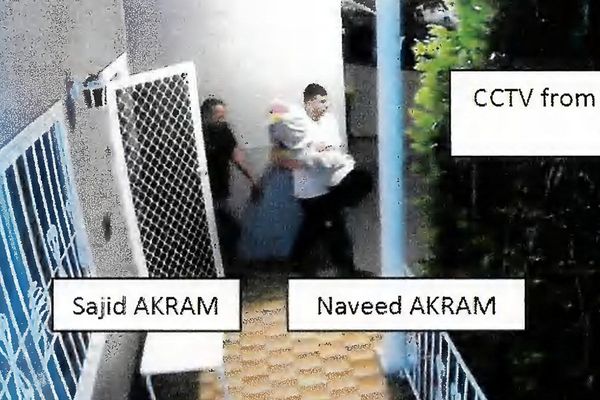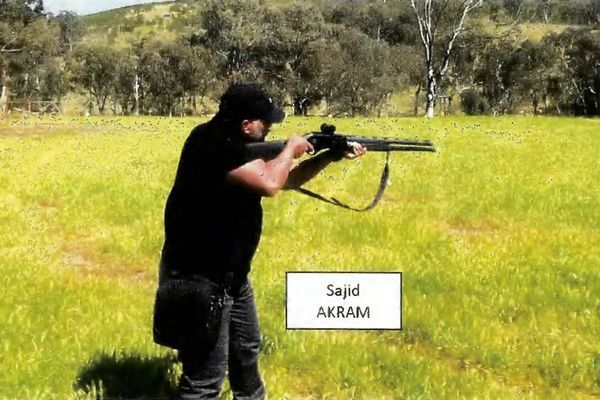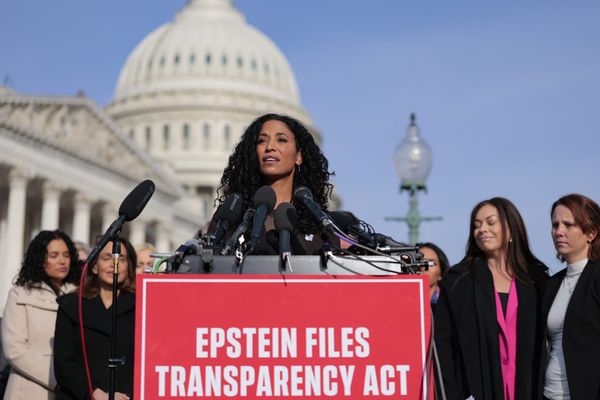
Almost two decades ago, the Queensland historian Peter Spearritt issued a dire warning. If planning attitudes didn’t change, Brisbane would become “the 200 kilometre city” – a giant conurbation, solid suburbs from Noosa to the New South Wales border, causing traffic chaos and dooming millions to a worse standard of living.
“I don’t think many people realised just how dramatic continuing suburban sprawl would be,” he says.
Queensland’s governments did put some legal limits on untrammelled expansion. But with the city facing an epic housing shortage, many planners are now concerned the new conservative state government will return to the city’s historic sprawl-or-nothing approach.
The government has started test drilling on a proposed underground freeway designed to permit new suburbs in farmland west of Caboolture.
At $14bn, the four-lane north-west transport corridor would be the most expensive road project in the city’s history.
The first new suburb, Waraba, is set to boast 70,000 residents once complete.
Sign up: AU Breaking News email
Spearritt, now an emeritus professor of urban history at the University of Queensland, says legal limitations on sprawl are crucial for a city with few geographical barriers – unlike Sydney, Brisbane doesn’t have national parks on three of its four sides.
“There were no green space barriers, and that makes it much easier to just basically develop former agricultural land forever,’ he says.
‘We are going to review every regional plan’
Brisbane has always been an unusually car-dependent and low-density city, even by Australian standards.
There’s a simple reason for this: since 1885 Queensland has more or less banned townhouses and apartments.
It worked. Just 11.3% of residents of the Brisbane local government area live in townhouses, which is even lower than the state average, according to the Australian Bureau of Statistics. Ten times more people told the 2021 census they drove to work than took the bus or train.
Locked out of the inner city, decades of newcomers have been forced into new communities in Logan, Ipswich, Moreton Bay and even further afield, swelling the populations of those outer areas by millions.
In 2006 the state government stepped in, setting the first south-east Queensland regional plan. For the first time it established an “urban footprint” – a limited area where development is permitted.
“It was a big political moment. I think it got fairly widespread support,” Spearritt says.
“Was Brisbane actually thinking about how it would shape itself for the future? And I guess that sort of approach has been completely swamped by the rhetoric about the housing crisis.”
As expansion slowed, the pace of inner-city development did not speed up. As a result, house prices and rents have skyrocketed, as development approvals head in the opposite direction.
Under Labor, the state government used the regional plan to set density targets for councils – effectively requiring 60% of new homes to be apartments and townhouses.
Now the Liberal National party planning minister, Jarrod Bleijie, has signalled radical change to the unpopular rule.
“We are going to review every regional plan in Queensland and we are going to review them in consultation with local government,” he told parliament in March.
“The time for state government acting like Big Brother over local government is over.”
Asked last month if he would ditch the targets, he confirmed that there would be a move back to sprawl.
“We need to look at the urban growth everywhere, across every regional plan, including the south-east Queensland regional plan,” he said.
“The problem with the current south-east Queensland regional plan, the density is upwards, but developers are finding it incredibly difficult to afford to build vertical towers at the moment and to find buyers for them. So it’s no use putting in the regional plan to just go up, when the towers and housing is actually not being provided.”
The government has also budgeted to spend $2bn subsidising council infrastructure to speed up development in new-build estates, including in regional Queensland.
‘No solution to the housing crisis’
The Queensland Conservation Council (QCC) is one of many groups concerned that the city’s urban footprint boundaries might be expanded.
Jen Basham, the council’s urban sustainability lead, says: “Further urban sprawl is not a solution to the housing crisis – it’s slower, more expensive and environmentally damaging.”
A recent QCC report found the city could more than accommodate all new growth within its current boundaries – and that doing so would cost the taxpayer less and result in better social outcomes.
New suburbs tend to be more car-dependent because there are few alternatives, the report says. That means greater emissions and many hours trapped behind the wheel for the residents.
Sprawl also tends to cost more – an estimated $75,000 per dwelling in Sydney, according to the NSW Productivity Commission – due to the need to construct new infrastructure such as schools and hospitals.
Instead, the OCC report concludes, Queensland should look to the long-banned “missing middle” housing typologies – townhouses and small apartments.
Dorina Pojani, an associate professor of urban planning at the University of Queensland, says increasing density doesn’t have to mean tower blocks.
“That’s a failure of the imagination,” she says. “What about the missing middle: row housing, four- to five-storey apartment complexes, co-housing, and so on? We need to move away from both the detached single-family and the tower typology. Zoning codes need be overhauled.”
Travis Jordan, an organiser at Yimby (yes in my back yard) group Greater Brisbane, says there is another factor in favour of reform.
The single-family house with a picket fence on 400 sq metres isn’t for everyone, he says. Some people want to live within walking distance of work, shops, schools and friends – and the law shouldn’t stop them.
“Priorities change. The things we wanted to stop 40 years ago might be things we want to encourage now, and the kinds of homes our parents wanted might not be the ones our kids want to grow up in.”
Jordan says other Australian cities are making better choices. The NSW and Victorian state governments have rolled out new rules limiting the power of councils to halt more sustainable development.
Globally the real leader is New Zealand, he says. Since 2016, cities including Auckland have eliminated bans on apartments and townhouses, a policy that now has national support. Research has found that as a result, there has been a huge spike in construction and a resulting dip in rents. Jordan says it’s time for Brisbane to follow their lead.
“For most of the last 20 years, ‘tall versus sprawl’ is all our planning schemes said you were allowed,” he says.
“Instead of saying that’s too hard, the government should be standing up to the busybodies who want to tell everyone else what kind of homes they’re allowed to build on their land.”
But Brisbane city council, the hemisphere’s largest and most powerful, flat out opposes missing middle development. It passed a new version of the century-old ban on townhouses in 2020.
“Spreading the density right across every suburb of Brisbane is not the right answer,” the lord mayor, Adrian Schrinner, said at a candidates debate in the 2024 election.
In 2015, Spearritt announced that his warning had already come true. Brisbane had fused 200km of unending city. Ten years later, he doesn’t see much political will for reform.
“I think it’s depressing that that there’s not more interest in the quality of community life and the quality of the urban environment. It’s almost as if people have sort of given up,” he says.
“Maybe it’ll take another generation to realise – Jesus, this city is really getting awful.”







